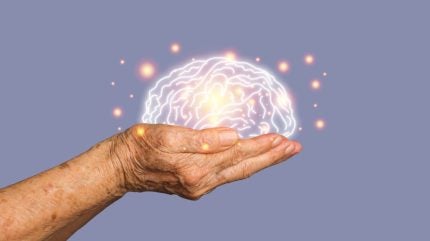
Sinaptica Therapeutics has begun enrolling patients in a Phase II trial of its second-generation neuromodulation technology for treating early Alzheimer’s disease.
Building on the company’s first-generation SinaptiStim device, which delivers tailored rapid transcranial magnetic stimulation (rTMS) therapy, the second-generation device adds the simultaneous delivery of transcranial alternating current stimulation.
SinaptiStim received a breakthrough device designation from the US Food and Drug Administration (FDA) in 2022.
The company’s aim to combine the modalities was based on a decade of research and led to a Phase I proof-of-concept study in healthy volunteers, the results of which were published earlier this month.
Combined stimulation in the Phase I study demonstrated improvements in long-term associative memory by 60%-80% versus controls, with effects durable as long as one week.
The Phase II randomised, double-blind study of the combined modalities is set to enrol 60 patients at sites across Italy in what Sinaptica views as an effort to “innovate and evolve” its precision neuromodulation therapy to provide the “most effective and efficient treatment” for patients.
Sinaptica co-founder Giacomo Koch said: “Our goal with these improvements is to further enhance the overall efficacy of the treatment as well as reduce the time required for each treatment.
“We hope that this trial will expand the evidence that our neuromodulation of the DMN [Default Mode Network (DMN)] can be as effective – or even more effective – in early Alzheimer’s disease, as it has been in mild-to-moderate disease with the first-generation technology.”
Koch and the Santa Lucia Foundation received a €1m grant from the Italian Ministry of Health to fund the study.
The company is also gearing up for a pivotal trial of its first-generation neuromodulation system, which aced its Phase II trial late last year, registering a 44% reduction in disease progression over 12 months.
Sinaptica CEO Ken Mariash commented: “This novel next-gen approach incorporating simultaneous stimulation has the potential to act as a future upgrade to our current therapy for Alzheimer’s and is covered by our existing patents.
“It’s part of our product roadmap in Alzheimer’s, other neurodegenerative diseases, and potentially in memory enhancement for healthy ageing.”
According to GlobalData analysis, the global neuromodulation devices market is growing at a CAGR of 6.6% and is forecast to reach a valuation of around $11.82bn in 2033, up from around $6.23bn in 2023.



